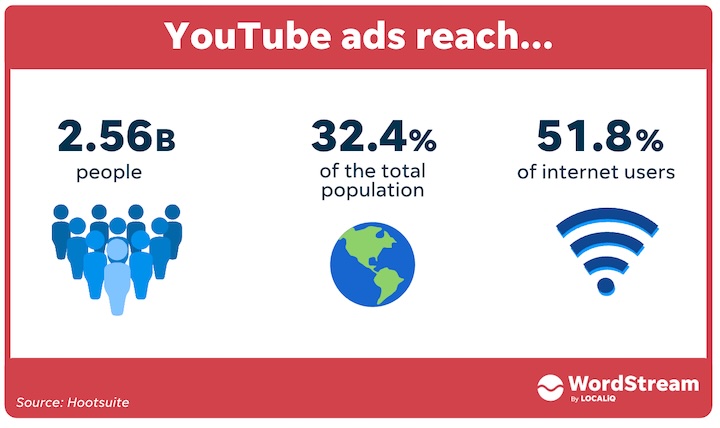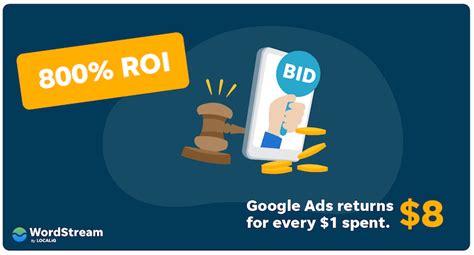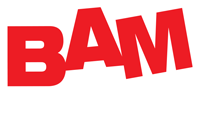Small businesses often face a daunting challenge: how to make a big impact with a modest advertising budget. While large corporations have the luxury of pouring millions into nationwide campaigns, small businesses must get creative, strategic, and precise. One of the most powerful ways to do that? Mastering the media mix.
What Is a Media Mix?
The media mix is the combination of advertising channels a business uses to communicate with its audience. This can include social media, search engine ads, television, Google Ads, YouTube videos, email marketing, and local sponsorships. The magic happens when you blend these channels thoughtfully. It’s not about being everywhere—it’s about being in the right places with the right message.
Why the Media Mix Matters
No Single Channel Reaches Everyone
Your customers consume media in many different ways. Some scroll Instagram, others watch local TV or listen to local radio, and many turn to Google and YouTube for product research. A diverse media mix ensures your brand is seen by more of your target market.
Cross-Channel Reinforcement Boosts Trust
Seeing your brand multiple times across different platforms builds familiarity and trust. That consistency increases the likelihood of conversion. And “media math” kicks in… a media plan that delivers multiple media touches delivers magical ROI. It’s the only place where 1 (say TV) + 1 (maybe billboards) + 1 (or social ads) = 5. These multiple touchpoints magically multiply your results!
Smarter Spend = Better ROI
A good media mix allows you to track and optimize what’s working. You can allocate more budget to high-performing channels and scale your success.
How to Create a Winning Media Mix
- Know Your Audience: Understand where your customers spend time and what influences their decisions.
- Set Clear Goals: Define whether you’re aiming for brand awareness, leads, or sales.
- Start Small and Scale Smart: Test a few key platforms before expanding.
- Integrate Your Message: Maintain consistent branding across every channel. We can’t emphasize this enough!
- Stay Agile: Regularly evaluate and adjust your mix based on performance data and market trends. Always be prepared to pivot.
Real-World Example: A Regional Appliance Retailer
To grow market presence, a regional appliance store might:
- Run Google Ads targeting people searching “energy-efficient refrigerators”. (Google Ads ROI: Businesses earn up to $8 for every $1 spent.)
- Create YouTube demos and testimonials. (YouTube Reach: Over 2.5 billion users as of 2024.)
- Air TV commercials during local news or sports. (TV Ads: High reach and trust, especially for local audiences.)
- Use Facebook and Instagram ads to share sales and promotions. (Low cost, relatively simple to get started.)


This approach ensures they reach prospects at multiple stages—from research to purchase. A multi-channel strategy like this example will deliver results that many small businesses never experience.: 76% of small businesses use 2+ channels; 82% say it improves results.
Final Thoughts
For small businesses, the secret isn’t just being present—it’s being present in the right combination of places. The right media mix doesn’t just create awareness—it creates action. Get the mix right, and you’ll see the magic unfold.
So many media choices. How can a small business owner or marketing director be sure they’re making the best choices? Radio, podcasts, streaming audio services, TV, Google Ads. Confused? Let’s talk.

